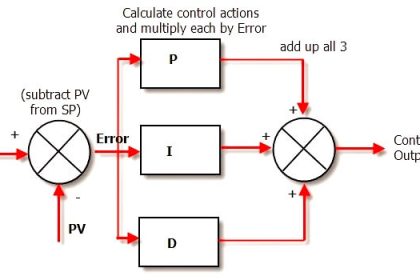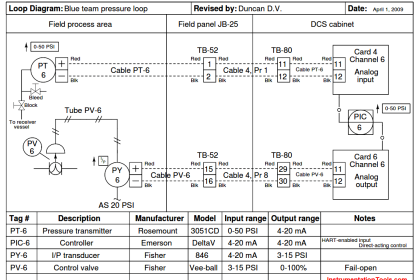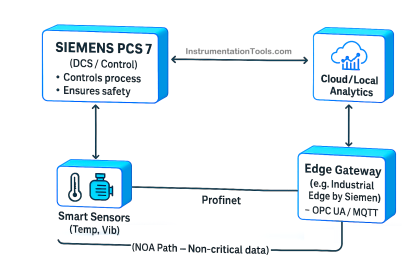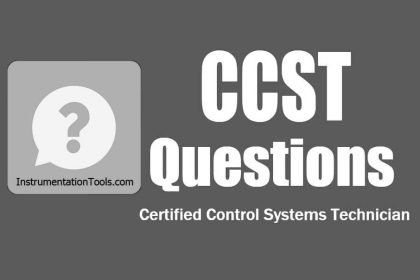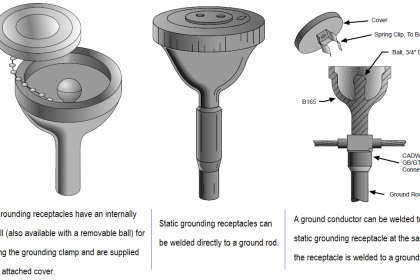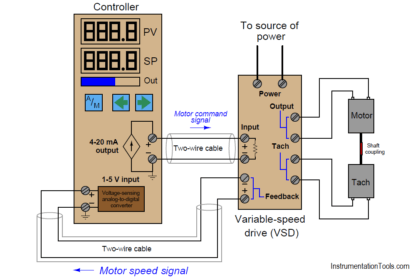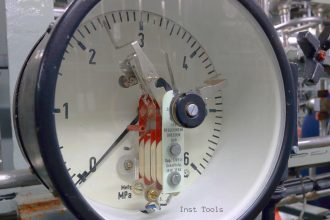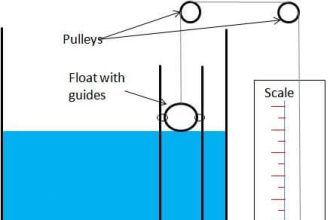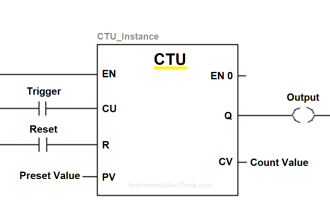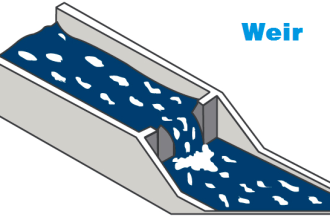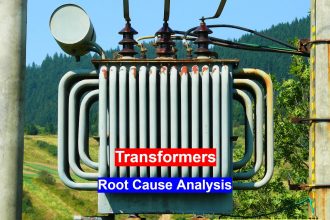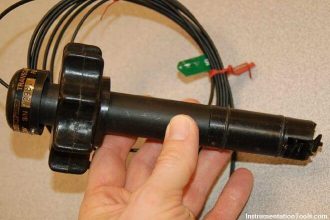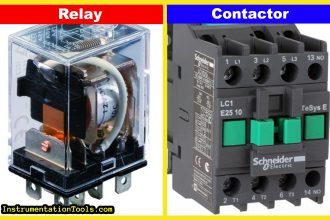When you work in an automation system, you always need a means to control the process either individually or through a central head. Then only, your process will work properly; because if there is no controller, then your process cannot run as desired.
So, in this, majorly two types of systems come for control – centralized and decentralized. Whenever you work in an industrial automation system, you need to know how the design needs to be done first. In this post, we will see the difference between centralized and decentralized automation systems.
What is a Centralized System?
A centralized automation system is one where all the processes are controlled by a single master unit.
For example, suppose you have a dairy industry where there are 10 PLCs placed at different locations. Some will pasteurize milk; some will extract from milk and some will cool the process. Every activity will be controlled by their respective PLCs. But, only some amount of coding will be written in them. The overall logic of all the processes will be written in a central CPU. This is called a centralized system.
Every decision and logic will be decided by one central controller. Due to this, you have full control of the whole plant and all the systems will work in synchronization. You need not worry about going through a certain process and seeing what’s the issue there. Just go to the central location and troubleshoot everything from there.
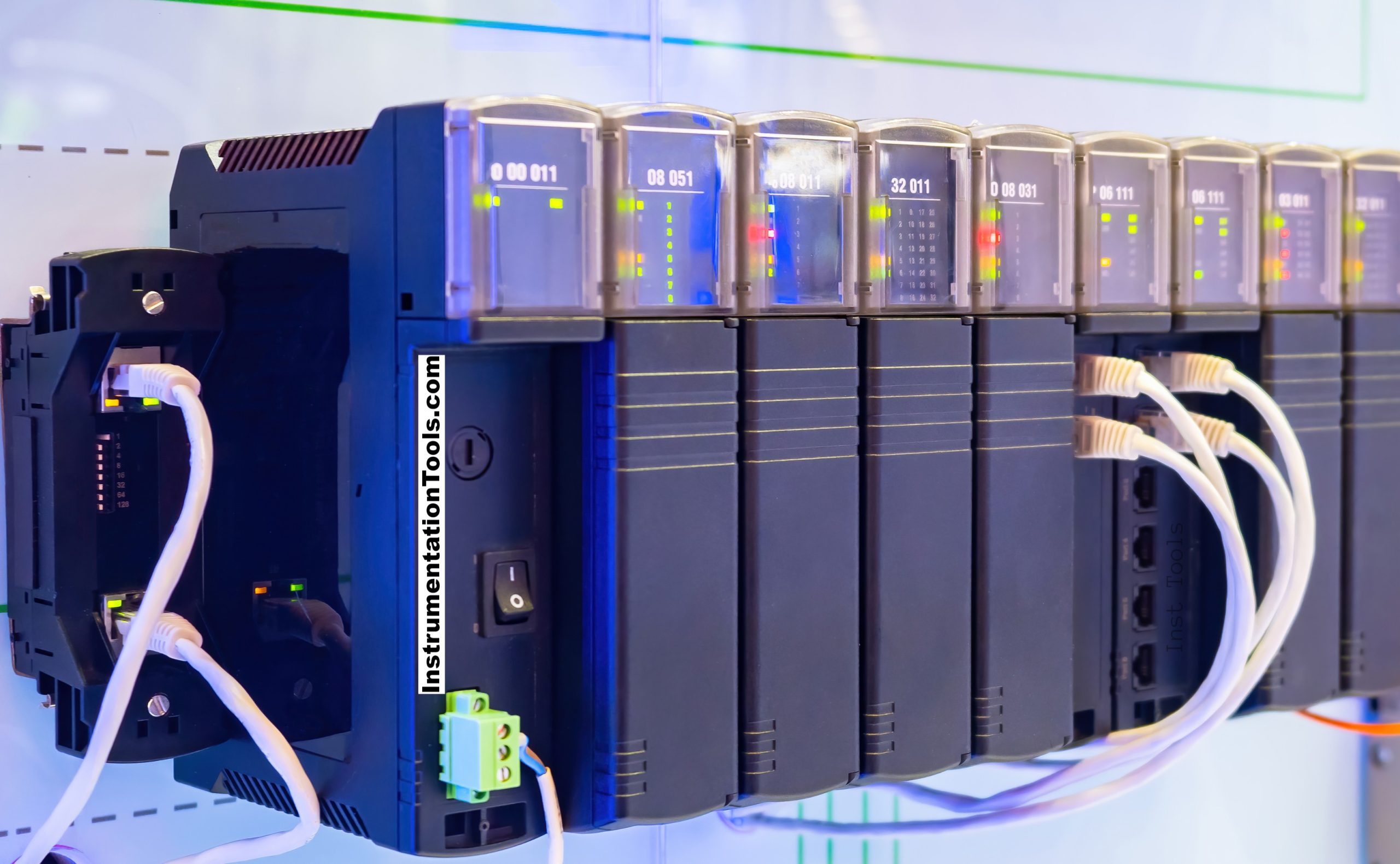
What is a Decentralized System?
Just extend the above example of the dairy industry. You have 10 processes but, in this case, the process logic will be written in individual PLCs. It is up to the designer to decide whether to exchange data between them or not. It may be possible that some PLCs will exchange or none of the PLCs will exchange or all of the PLCs will exchange. However, the core process logic is written in the respective PLCs and not a central one.
So here, every decision and logic will be decided by individual units and they have their independence. Due to this, there may be situations where processes are not synchronized. But here, you can individually go and attend the system without hampering any other process.
Difference between Centralized and Decentralized Systems
1. You have only one controller for a centralized system whereas you have different controllers for a decentralized system.
2. If you want to troubleshoot a certain process in a centralized system, you have to check the central unit which can affect the other processes. But you can check the individual processes for a problem in their respective controllers without affecting the other processes.
3. If the central unit fails in a centralized system, then your whole system fails. But this is not the case in a decentralized system.
4. Centralized system is best used for small projects due to the risk involved in failure of central unit in case. Decentralized system is used for larger projects.
5. The whole load is shared by a single unit in a centralized system, whereas the whole load is shared by multiple units in a decentralized system.
| Criteria | Centralized Automation Systems | Decentralized Automation Systems |
|---|---|---|
| Definition | Involves control from a single, central location, typically using a powerful PLC or control system. | Comprises multiple control points distributed across the system, often using smaller, networked controllers. |
| Architecture | Features a singular, often powerful controller managing all tasks. Simpler architecture with centralized data processing. | Consists of multiple controllers or nodes, each managing a specific part of the process. Complex architecture with distributed processing. |
| Scalability | Scaling up can be challenging and may require significant upgrades to the central controller. | More easily scalable, as adding new modules or nodes can be done without major changes to existing infrastructure. |
| Redundancy and Reliability | Lower redundancy; failure of the central controller can halt the entire system. | Higher redundancy; failure of one node usually doesn’t affect others, ensuring better overall reliability. |
| Maintenance and Troubleshooting | Maintenance is centralized, which can be simpler. However, system-wide issues can arise from a single point of failure. | Maintenance can be more complex due to multiple units, but issues are usually isolated, reducing system-wide downtime. |
| Cost | Initial setup may be less expensive due to the single control unit. | Initial cost can be higher due to multiple controllers, but this can be offset by long-term scalability and flexibility. |
| Flexibility and Adaptability | Less flexible in adapting to changes or integrating new technologies/processes. | More adaptable to changes and can easily integrate new technologies or processes at individual nodes. |
| Data Handling and Processing | Centralized data processing, which can be a bottleneck in large, data-intensive operations. | Distributed data processing, allowing for efficient handling of large amounts of data without a single point of bottleneck. |
| Application Suitability | Suited for smaller or less complex systems where centralized control is sufficient and cost-effective. | Ideal for large, complex, and geographically dispersed systems requiring robustness and flexibility. |
If you liked this article, then please subscribe to our YouTube Channel for Instrumentation, Electrical, PLC, and SCADA video tutorials.
You can also follow us on Facebook and Twitter to receive daily updates.
Read Next:
- Free Schneider PLC Training
- Real-time PLC Automation Projects
- How to Choose a PLC for a Project?
- PLC-to-PLC Communication Project
- Moving Data between Siemens PLCs

